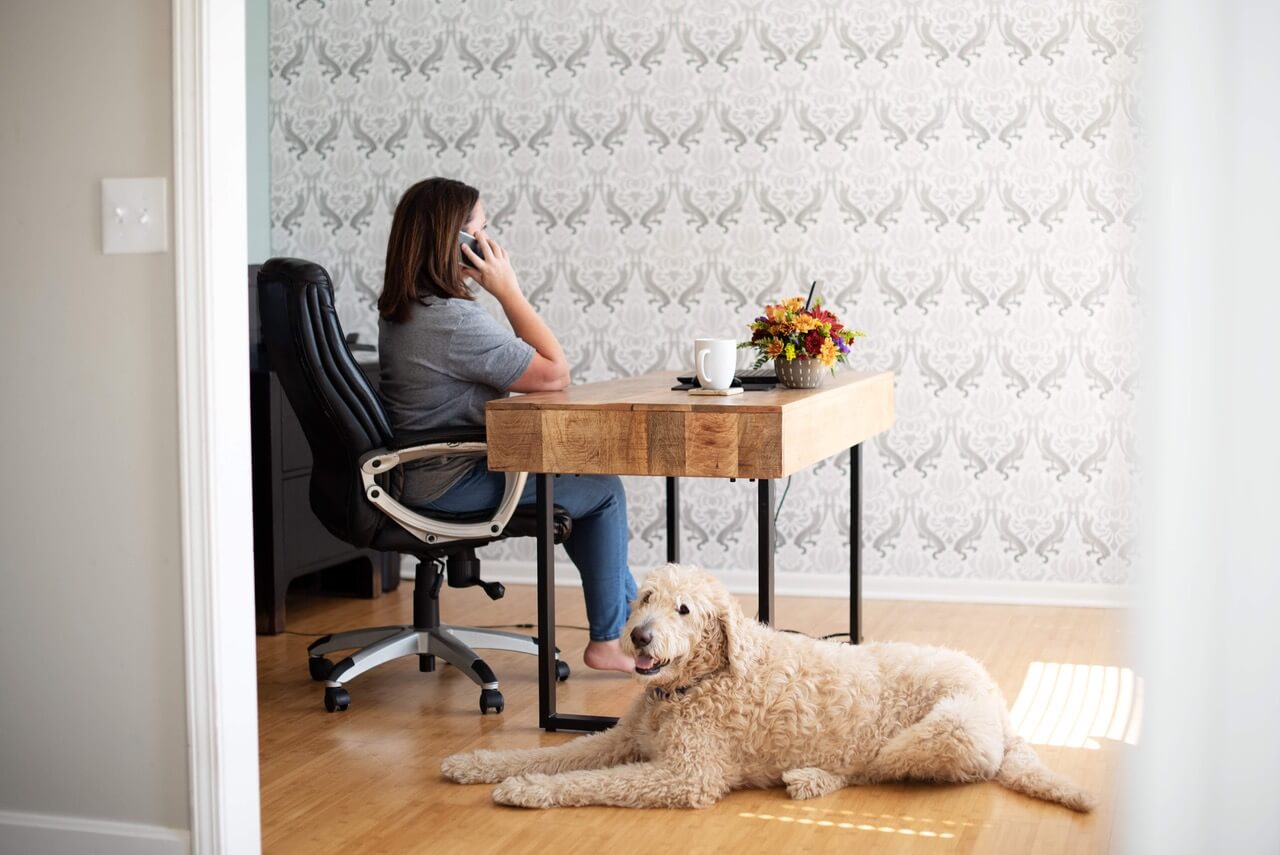Remember back when COVID-19 first became a thing?
We all relearned how to wash our hands, not to touch our face, and how to sneeze and cough into our elbows. Clorox wipes and masks became a hot commodity as we sought to protect the surfaces and air we encountered.
As we spent more time at home, we started to examine the cleanliness of our homes.
In a recent post about the importance of duct cleaning, we discussed the host of gross things that collect in ductwork. That’s why they need to be cleaned.
But what about the air that is being exhaled and recirculated into your home right now. How do you protect your home from airborne pathogens that are too small to be captured by the HVAC system’s filter?
Ultraviolet (UV) light can be installed in your HVAC system to sanitize the air in your home.
UNDERSTANDING UV LIGHT
For years we have heard of the damaging effects of UV light.
UV can be simply described as a form of radiation. UV accounts for a small portion of the light that comes from the sun. Too much exposure of the skin to UV light has been linked to skin cancer.
However, the same effect of radiation in UV light that is damaging to our skin is useful for sterilization. Not all UV lights have the ability to eliminate contaminants, but the wavelength of spectrum UV-C light is effective for killing germs, making it beneficial for HVAC systems.
There are currently two main applications of UV lights in HVAC systems…
SURFACE
Homes that have air conditioning have an indoor coil. Simply put, air is pushed over this coil to cool it. This process of cooling air naturally produces moisture. The HVAC system has a drain line to syphon this moisture out, but there is always residual moisture that collects on or near the coil.
This is a breeding ground for mold and bacteria. And considering the dust and pet hair particulates that are often in the air when it is circulated through the system, it gets pretty gross.
Coil UV lights shine directly on the indoor cooling coil and are constantly on. This helps keep the coil from producing harmful contaminants and circulating them through your air.
AIR BORNE
All HVAC systems have some form of filter. These filters are usually disposable and made of spun fiberglass or a cloth substance. They are primarily successful at removing dust, hair, and dirt from the air as it passes through.
But what about micro-organisms like those associated with the spread of illness? These contaminants slip right past the filter and back into your living space.
UV light is powerful enough to kill these tiny organisms and purify the air. That is why many hospitals employ the use of air sanitizing UV lights.
For residential use, the lights are often in a bar or u-shape and used to purify return air. Return air is what is brought out of and recirculated into the living space. These lights connect with the blower system so that they only come on when air is pushed through the system.
Overall, UV light is an effective tool for improving air quality in the home. Whether they are being used to keep the coil clean or kill airborne pathogens, they are removing potentially harmful substances from the air you and your family breathe.
Operating a HVAC UV light system is not overly costly either. Powering the bulb does use some electricity, but other than that, the only other operational cost is replacing the bulb. As with most bulbs, this is usually about every two years or 10,000 hours of use.
If you are considering incorporating UV lights into your HVAC system, Blue Heating & Cooling can help. There are many variables when it comes to installing UV lights which is why we have a qualified team of technicians ready to answer your call. Contact us for a quote by calling 816.719.1099.




